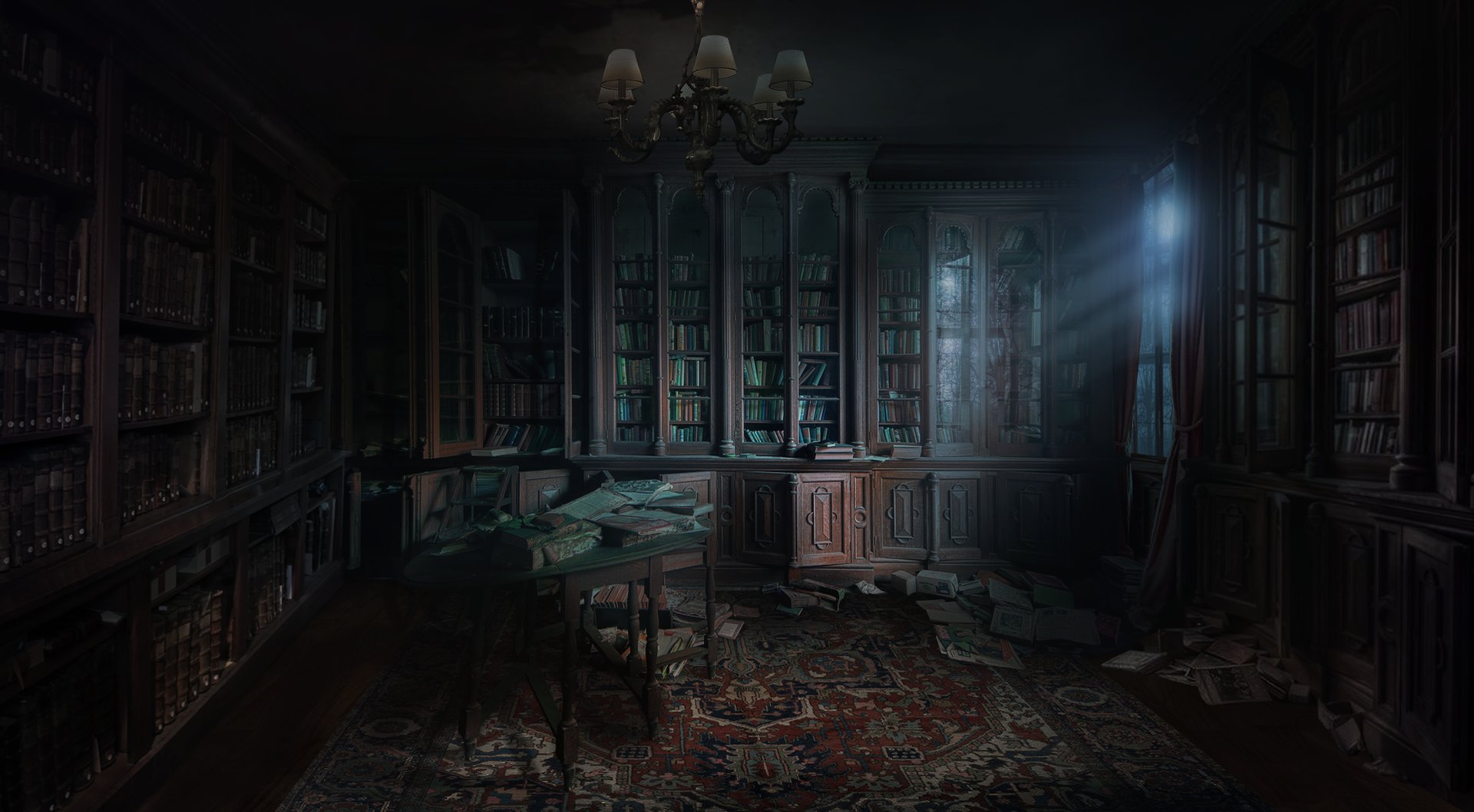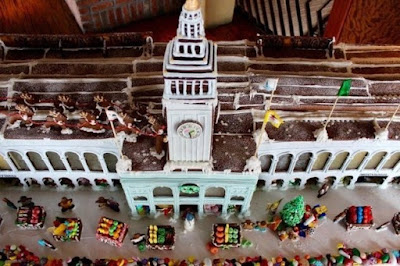Copyright 2021 by Gary L. Pullman and Michael Williams
Michael Williams is the author of Twisted Tales, a superb series that consists, at present, of three volumes of flash fiction, Tales with a Twist, Tales with a Twist II, Tales with a Twist III, Tales with a Twist IV, and Tales with a Twist V. Besides writing, Michael especially enjoys sailing and “cultural exploration.” We're happy to share this interview on Chillers and Thrillers.
Q: What interests you in the super-short genre of flash fiction?
A: Alfred Hitchcock once said that a movie shouldn’t be longer than the capacity of the human bladder. I find I agree. Edgar Allan Poe considered the effect of short fiction to be more intense than that of longer works, such as novels or—my apologies to Hitch—full-length motion pictures. I also tend to concur with Poe: shorter fiction can pack more of an emotional wallop than longer forms. In our modern, fast-paced world, I think shorter fiction is also more convenient for many. A lot of people want complete stories without having to spend hours or days to read them.
Q: It seems that you prefer fantastic to realistic stories. Why is that?
A: Actually, I enjoy reading and writing all forms of fiction, but I think that tales of the fantastic, marvelous, and uncanny—handy distinctions that Tzvetan Todorov makes—add an element of magic to mundane experience, the icing, so to speak, on the cake. I also believe that, as Flannery O’Connor once said, a writer sometimes needs to use hyperbolic techniques to communicate with readers, and the shock of the surreal; the astonishment of the weird; and the wonder of the otherworldly, the supernatural, the occult, and the mystical provide these rhetorical approaches.
Q: As the titles of your books suggest, your tales are rather “twisted.” I'm going to ask the question most writers hate to hear: Where do you get your ideas?
A: I'm an eclectic reader. I enjoy learning about a variety of subjects. I guess you could say I'm a generalist. Sometimes, when the stars are in alignment, a remembered fact here will meet up with a recalled fact there, and, out of this connection of one thing and another, an idea will emerge. I might combine one of Thomas Edison’s inventions with the spiritualistic belief in the ability of the living to communicate with the dead, or I could update an ancient myth or a modern horror movie. As Arthur Golding wrote, in translating John Calvin, “All is grist for the mill.”
Q: I know you're something of a mariner. Does the sea ever feature in your stories?
A: Not as often as I might expect, but, yes, there is a sea tale or two. In one, the ocean solves a murder, which is rather a novel notion, I think.
Q: By definition, according to the title of your series, Twisted Tales, and by the titles of the books in the series, each of your flash fiction narratives contains a plot twist. How do you think up so many of them?
A: Usually, the story suggests one. However, I also employ a couple of tricks, or techniques—three, actually. First, when plotting a story such as those in Tales with a Twist, Tales with a Twist II, or Tales with a Twist III, I keep in mind the idea that almost everything has a direct opposite: new, old; lost, found; hero, villain; reward, punishment; rich, poor; right, wrong. Then, I start with one polarity and end with its opposite. The second way is more concrete. I keep a list of the plot twists I see in novels, short stories, movies, and TV series. Then, I adapt them to fit the situation or circumstances of my own stories. My third technique is to remember that there is a fine line not only between good and evil and right and wrong, but between all such polar opposites. A person who is cautious may become distrustful or even paranoid; a man who's strict can become controlling; a woman who's concerned with her own health and that of others—a doctor or a nurse, perhaps—can become a hypochondriac; a trusting person may become gullible. Each of these possibilities is a source of plot twists.
Q: How many of your tales with a twist are autobiographical?
A: Many of them are fantasies in which I explore how something might be if a particular set of unusual circumstances were to apply. Many of my stories are thought experiments, of a sort. I place a certain type of character in a particular kind of environment and see whether he or she adapts and, if the character does adapt, how he or she manages to do so. Frequently, the environment is physical, but it need not be; some of my stories' environments are philosophical, or moral, or psychological, or political, or cultural, or otherwise. The autobiographical element, when there is one, may be small—a detail here or there, the description of a place I've been, desires I've experienced, wishes I may have wanted to fulfill, thoughts or feelings or impressions I've had, that sort of thing, embedded in the narration, the exposition, or the dialogue.
Q: Let's talk a bit about some of the individual stories themselves. “Empty Pockets,” in Tales with a Twist, the first volume: where did that come from?
A: I remember reading about the childhood of Jeffrey Dahmer. By his own admission, he had nurturing parents and a good childhood. I never read anything that contradicted his assessments. Nevertheless, he turned out to be both a serial killer and a cannibal. I also remembered how, growing up, my brothers and I and the rest of the boys in our neighborhood carried a collection of odds and ends, some living, others inanimate, in our pockets. As a boy, what would a serial killer the likes of Dahmer of Ted Bundy be apt to carry in his pockets? What would his mother think if she discovered the contents of her son's pockets?
Q. To paraphrase someone we both know, out of a connection between a remembered fact here and a recalled fact there, a story arises, right?
A: Precisely.
Q: “A Living Hell,” in Tales with a Twist II, seems to be a satire on life insurance companies. Is that what you intended?
A: Partly, yes. But I also wanted to touch upon the narcissism of some who indulge in high-risk activities as well as examine the potential consequences of insuring oneself against hazardous escapades. It's as much a spoof on the behavior of those who pursue an adrenaline rush as it is a lampoon of insurance companies that will insure anything if the price of the premium is high enough.
Q: “Love Bite,” in Tales with a Twist III, is a neat take on the vampire tale. Can you give us an idea how it originated?
A: I wanted to start with the my-boyfriend-is-a-vampire trope, but in reverse, so the vampire is the girlfriend, and I added to that the additional trope of the boy's being an unpopular geek—not a literal geek, mind you, who bites heads off chickens, à la Ozzy Osbourne with the bat, but in the sense of being a nerd. So that raised the question, for me, of what this hot chick is doing with him as her boy toy. I thought of a couple of angles, but I think the one I decided on gives the story both its twist and its kick.
Q: It's certainly a story readers can sink their teeth into.
A: Wow! What a great blurb! Do you mind if I use it?
Q: (chuckles): Help yourself, Michael. “Spirits,” in Tales with a Twist IV, seems to be a cautionary tale. Do you intend it to be such?
A: I suppose it is, yes. Its theme, although not overt, or explicit, is discernible in the fact that the culprit’s addiction survives his death. On a figurative level, this situation suggests not how difficult it is to overcome one’s dependence on a drug, but also the degree to which such dependence can affect someone; the effects can persist beyond the person’s own existence, affecting the lives of others, including even people who are strangers to the deceased. I’m not sure all that was there, the meaning, before I wrote the story, but it is embedded in the finished tale.
Q: The epigraphs of some of the stories in the fourth and fifth volumes of Tales with a Twist mention other writers: Samuel Taylor Coleridge, Frank R. Stockton, Emily Dickinson, Ovid, Charles Dickens, Edgar Allan Poe, for example; a couple of other stories’ epigraphs mention philosophers or artists as well: Paracelsus, Jean-Paul Sartre, Johan Wolfgang Mozart. Would you consider these individuals a major influence in your own work?
A: Let’s not forget Jonathan Edwards; he’s mentioned, too, indirectly, by way of the title of one of his sermons, “Sinners in the Hands of an Angry God.” I’d say that each of them, in his or her own way, has been, and remains, more or less influential and inspirational, as have many others, including H. G. Wells, Ray Bradbury, Nathaniel Hawthorne, Shirley Jackson, Ambrose Bierce, Bram Stoker, Ernest Hemingway, Ian Fleming, Daphne du Maurier, Lawrence Block, Bentley Little, Joyce Carol Oates, James Patterson, C. S. Lewis, J. R. R. Tolkien, Robert Sheckley, Mark Twain, and, of course, William Shakespeare. (Laughs.) I could go on and on. Each of them has taught me something vital about writing.
Q: Could we have an example, please?
A: I’ll give you a couple. Bradbury, a consummate wordsmith, taught me that poetry need not be restricted to verse, that prose itself can be poetic. His diction, but also his images, his metaphors, and his other figures of speech, give his writing cadence and rhythm, nuance and color, magic and wonder. Wells and Poe, at least equally adept in painting landscapes and interiors of horror, are also excellent practitioners of the both the art and craft of writing, painting in words what Edvard Munch, Hieronymus Bosch, H. R. Giger, Frida Kahlo, and Renee Magritte, to name a few, captured with pigments. From Poe, Sherwood Anderson, and Shirley Jackson, I learned the nature and the use of the grotesque.
Q: One final question, if I may?
A: Please.
Q: Will your Twisted Tales series have more Tales with a Twist?
A: I'm working on the next one now.





.jpg&f=1&nofb=1)
































